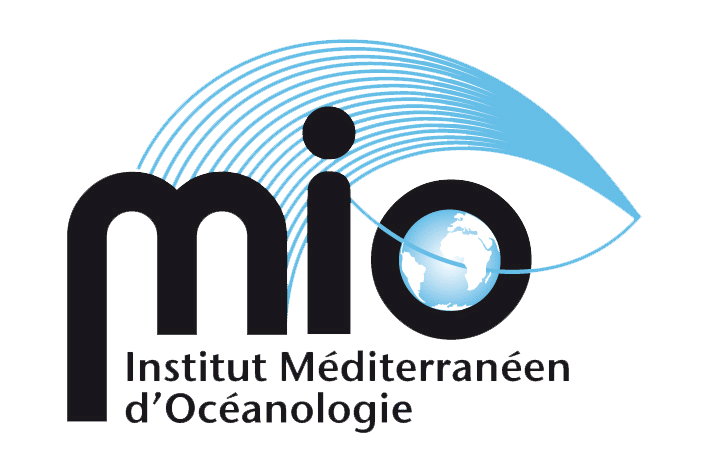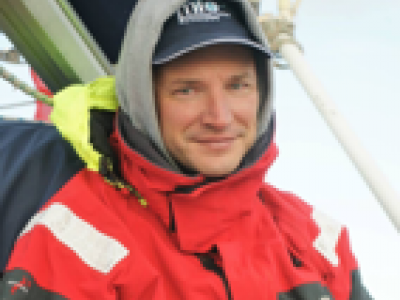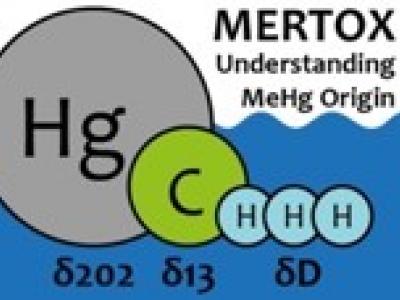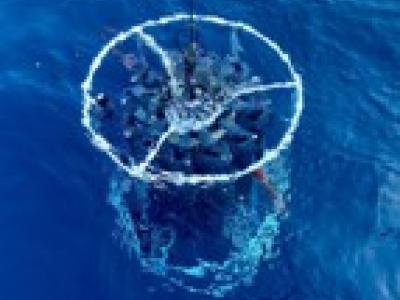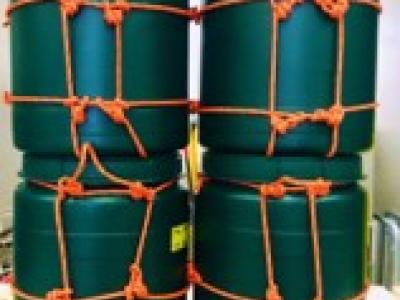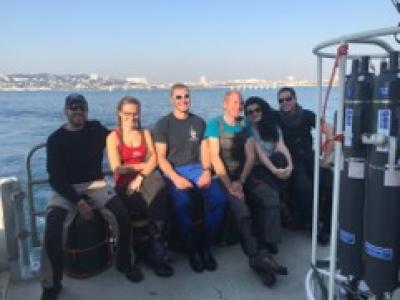Unraveling the origin of methylMERcury TOXin in marine ecosystems
PI MIO : Lars-Eric Heimbürger-Boavida
PI project : David Point (GET)
Participants : Aurélie Dufour, Marie-Maëlle Desgranges, Benjamin Oursel, Léa Cabrol, Patrick Raimbault
Partners : GET (Toulouse, France), IMARPE (Lima, Peru), LMD/IPSL (Paris, France), LEMAR (Brest, France)
Description : Mercury is global pollutant and a neurotoxin with a serious health risk for humans, mainly via the consumption of marine fish. Anthropogenic Hg emissions have largely altered natural Hg levels. Bacteria feeding on sinking marine organic matter in the mesopelagic zone are thought to produce the toxic methylmercury species (MMHg) that bioaccumulates along the marine trophic chain to harmful levels.
The main goal of the MERTOX project is to study mercury biogeochemistry in oxygen minimum zones (OMZ), and to develop new stable isotope tools for a better understanding of the marine biogeochemical Hg cycle.
The MERTOX case study will be conducted in the Peruvian Humboldt OMZ, which is very productive, exhibits extreme redox gradients, and is known to enhance in situ MeHg production. This region accounts for 15% of worldwide commercial fisheries while representing 0.1% of the global ocean surface. Peruvian anchovy fisheries contribute to more than half of world landings used for fishmeal production and then fuels a critical portion of world aquaculture production. The MERTOX field campaigns are planned for 2019-20, along several cruise transects covering the strong inshore/offshore organic matter gradients and steep shallow redox fronts. The cruises will be performed on board of IMARPE’s R/V Olaya and will be supported by bi-annual transect surveys. Complementary physical (salinity, temperature,..), chemical (macronutrients, Fe, Mn, CH4, HS-), microbiological (diversity, HgcAB methylating genes) and ecological (phytoplankton speciation, Chl-a,…) data will be gathered. MIO is in charge of sampling and measurements of the full suite of Hg species (MMHg, DMHg, Hg°, Hg2+, pHg, pMMHg), perform isotopically labelled incubation experiments, and contribute to the isotopic measurement of both the carbon (δ13C), and Hg (δ202Δ199Hg) atoms of the MeHg (CH3Hg) molecule, along the trophic chain (seawater, phyto-, zooplankton,…).
MIO (Lars-Eric Heimbürger-Boavida, Sophie Bonnet, Marseille, France) closely collaborates with the GET laboratory (David Point, Jeroen Sonke, Toulouse, France) for stable isotopic analysis and with IMARPE (Michelle Graco, Lima, Peru) to explore and document Hg biogeochemistry in the Humboldt OMZ, with LMD/IPSL (Laurent Bopp, Paris, France) for biogeochemical modeling, and the LEMAR (Anne Lorrain, Brest, France) for ecological/trophic web investigations.
